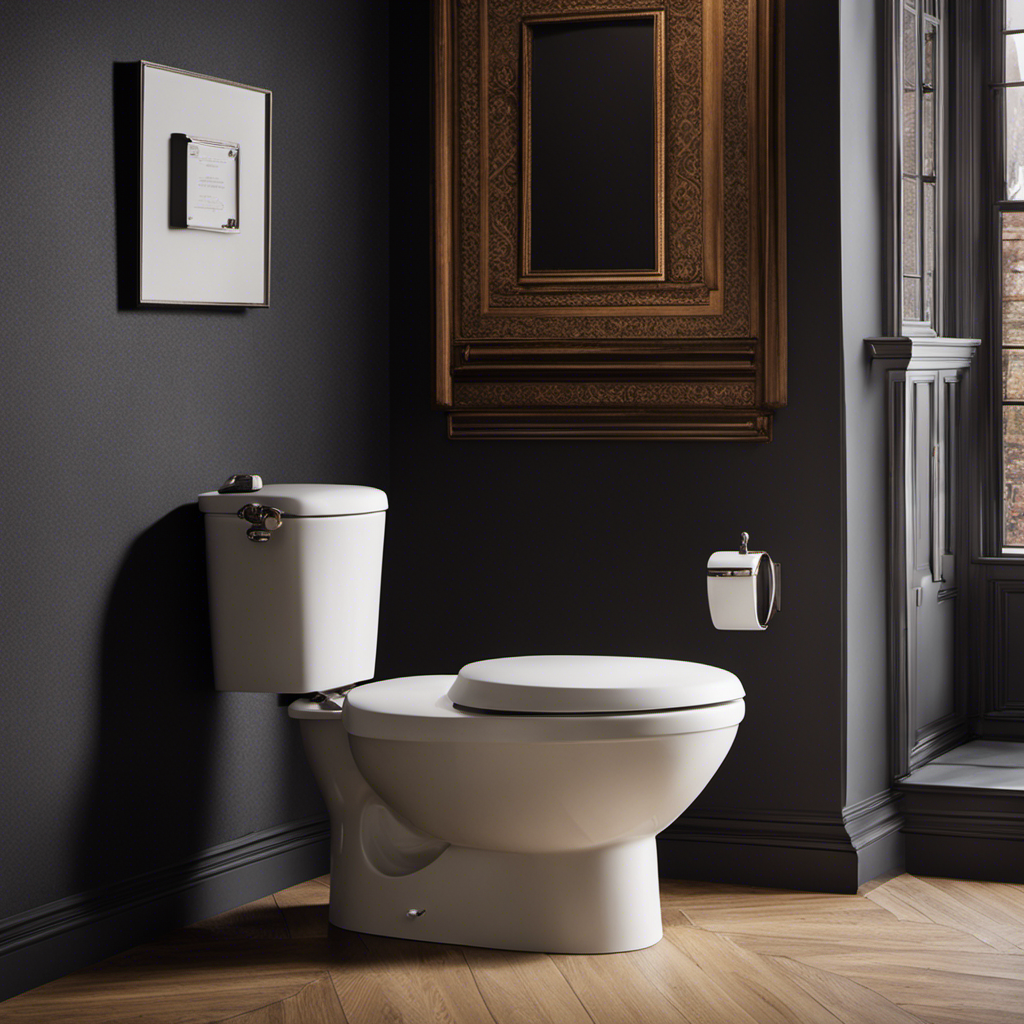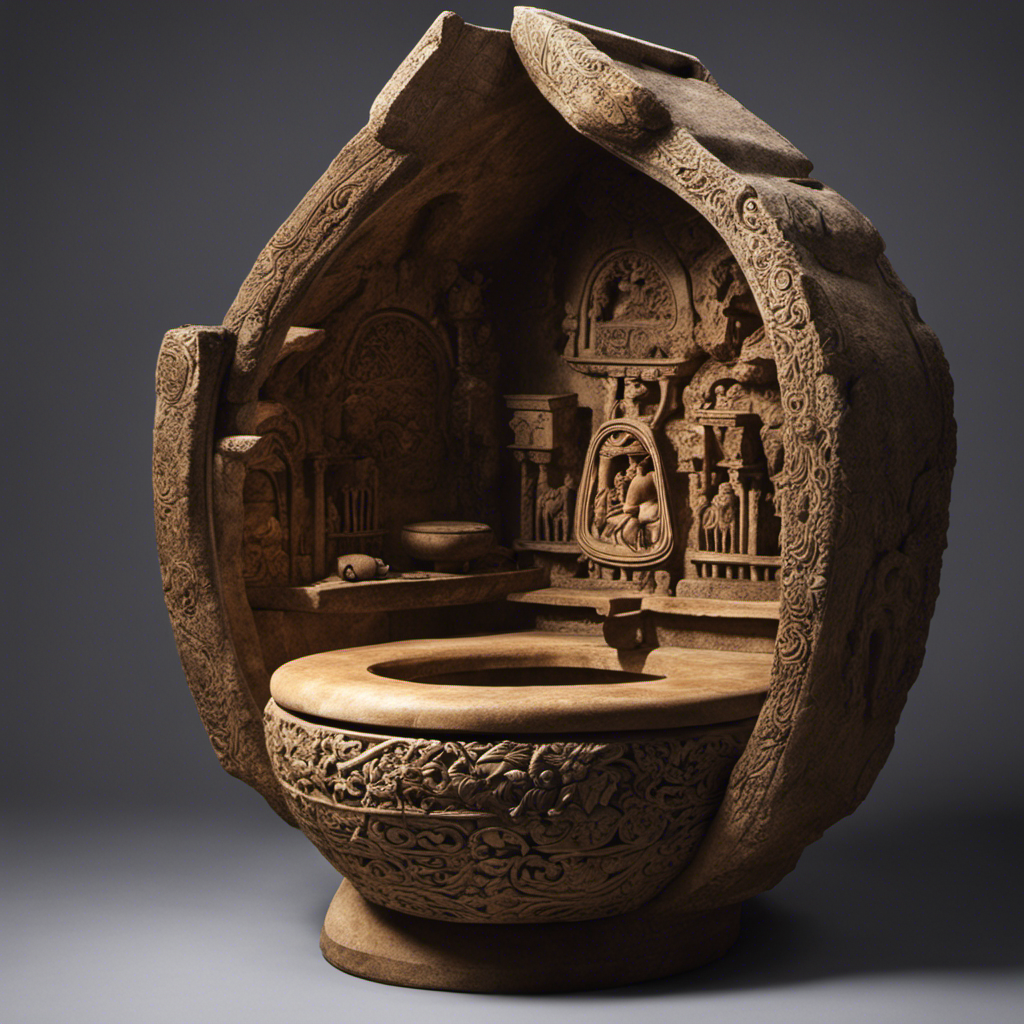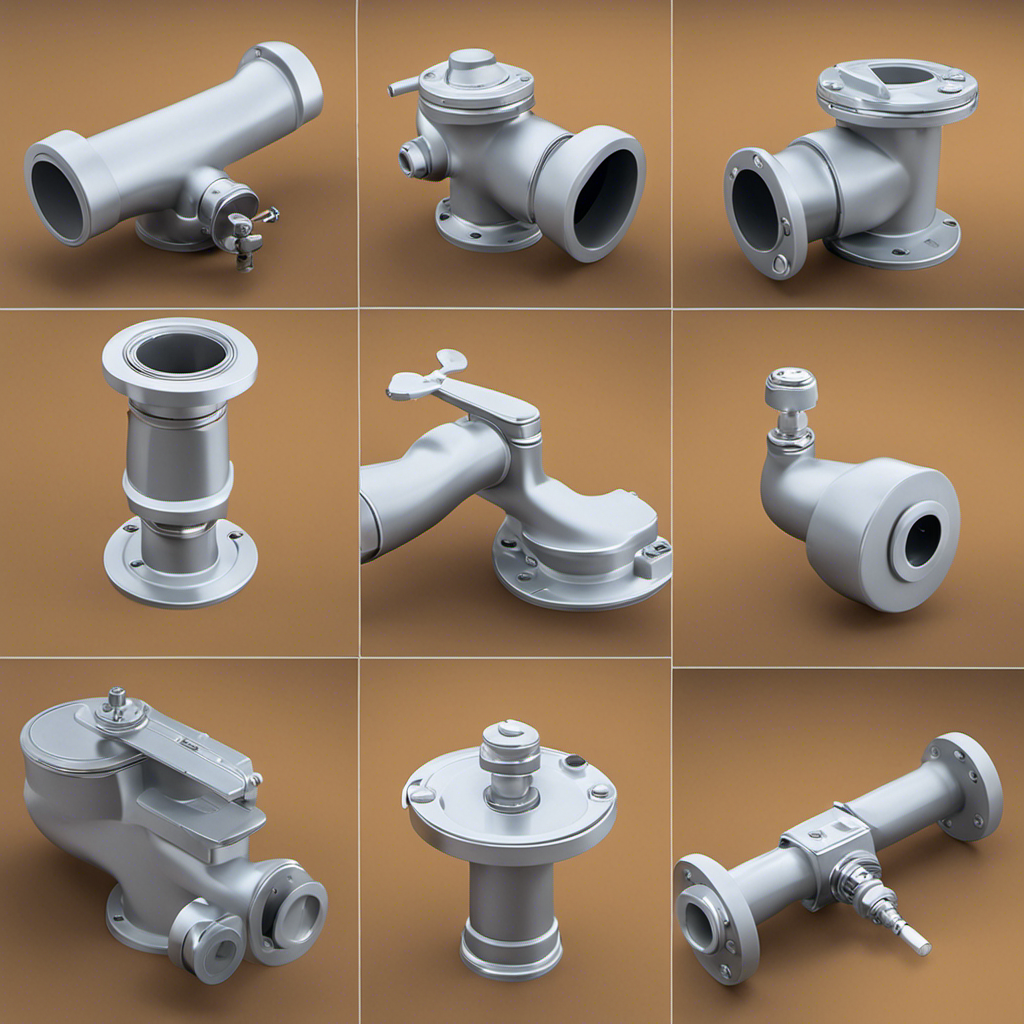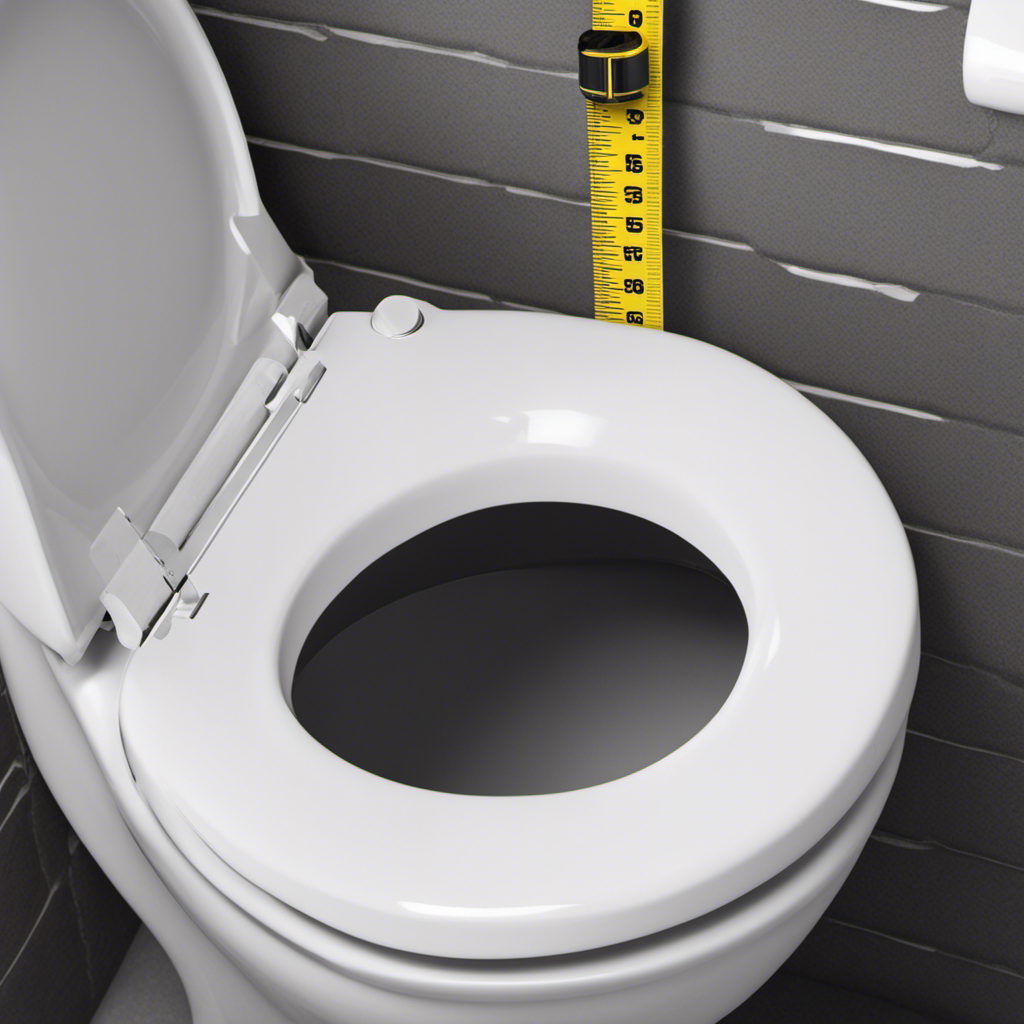Did you know that the flush toilet, a seemingly mundane fixture in our lives, has a rich and fascinating history? It’s true!
In fact, the invention of the flush toilet dates back centuries, and its evolution has played a significant role in shaping modern sanitation systems.
From ancient flush toilets to medieval innovations, this article explores the timeline of this remarkable invention.
So, let’s dive in and discover the intriguing origins and advancements of the flush toilet!
Key Takeaways
- Ancient civilizations, like the Romans, had advanced engineering skills and evidence shows the existence of flush toilets in Pompeii and Herculaneum.
- Ancient Rome had a complex system of aqueducts for fresh water supply, public bathhouses for cleanliness, and a sewer system for waste disposal, showcasing their advanced sanitation systems.
- Medieval societies implemented advancements in plumbing, including sewer systems, underground channels, and drainage systems, to improve health and cleanliness and prevent the spread of diseases.
- The modern flush toilet revolutionized sanitation practices with its dual-flush mechanisms for water conservation, low-flow technology to reduce water usage, and efficient flushing mechanisms.
Early Sanitation Systems
So, you may be wondering how people managed their sanitation needs before the invention of the flush toilet. Well, early civilizations had different methods for water supply and waste disposal.
In ancient Rome, for example, they had a complex system of aqueducts that brought fresh water to the city. They also had public bathhouses where people could go to clean themselves. As for waste disposal, they had a sewer system that carried the waste away from the city.
In other cultures, such as ancient Egypt, they relied on the Nile River for their water supply and used simple pit latrines for waste disposal. These early sanitation systems may not have been as efficient as the flush toilet, but they were effective in managing people’s basic sanitation needs.
Ancient Flush Toilets
Ancient civilizations had already developed sophisticated systems for waste disposal. The Romans, in particular, were known for their advanced engineering skills, and this extended to their sanitation practices. Archaeological evidence has revealed the existence of ancient flush toilets in Roman cities such as Pompeii and Herculaneum. These toilets were connected to a complex network of sewage systems, allowing for the efficient removal of waste.
The flush toilets themselves consisted of a seat with a hole, which was connected to a water channel. When a user pulled a lever, water would flow through the channel, flushing away the waste. This innovative system not only improved sanitation but also showcased the Romans’ engineering prowess.
Today, we can still appreciate their ingenuity through the archaeological remains of these ancient flush toilets.
Medieval Innovations
You might be surprised to learn that medieval societies made significant advancements in various fields. This includes technology, agriculture, and architecture.
When it comes to plumbing, the Middle Ages saw the development of innovative techniques. These techniques contributed to improved sanitary practices.
Medieval plumbing techniques involved the construction of intricate sewer systems, underground channels, and drainage systems. These systems were designed to carry waste away from cities and towns. This was done to prevent the spread of diseases and maintain cleanliness.
In addition, medieval societies implemented various sanitary practices to promote hygiene. These practices included public baths, the use of soap and hot water for washing, and the disposal of waste in designated areas.
These advancements in plumbing and sanitation played a crucial role in improving the overall health and well-being of medieval communities.
The Modern Flush Toilet
Did you know that the modern flush toilet revolutionized sanitation practices and brought a new level of convenience to households around the world? This ingenious invention has undergone significant design improvements over the years, aiming to enhance functionality and promote water conservation.
Here are three key aspects of modern toilet design:
-
Dual Flush Mechanism: Many modern toilets feature a dual flush system, allowing users to choose between a full flush for solid waste and a half flush for liquid waste. This design significantly reduces water usage, helping to conserve this valuable resource.
-
Low-Flow Technology: To further promote water conservation, low-flow toilets have become popular. These toilets are designed to use less water per flush while still effectively removing waste.
-
Efficient Flushing Mechanisms: Modern toilets are equipped with powerful flushing mechanisms that ensure waste is efficiently flushed away with minimal water usage.
As toilet design continues to evolve, advancements in technology and materials are being explored to further improve water efficiency and overall functionality.
Evolution and Improvements
Over time, the modern flush toilet has undergone significant design improvements to enhance functionality and promote water conservation. These advancements have revolutionized the way we manage waste and ensure sanitary conditions in our homes and public spaces. One such advancement is the introduction of dual-flush toilets, which provide two options for water usage depending on the type of waste being flushed. This helps to minimize water wastage while still maintaining effective waste disposal. Additionally, the development of self-cleaning toilets with antimicrobial surfaces has further improved hygiene levels and reduced the need for manual cleaning. Another notable improvement is the use of low-flow toilets, which significantly reduce water consumption per flush. These innovations in design have not only made our lives more convenient but also contribute to a sustainable future by conserving water resources and promoting efficient waste management.
| Advancements | Benefits | Examples |
|---|---|---|
| Dual-flush toilets | Water conservation | Toto Aquia IV |
| Self-cleaning toilets | Improved hygiene | Kohler Veil Intelligent Toilet |
| Low-flow toilets | Reduced water consumption | American Standard Cadet 3 |
Frequently Asked Questions
How Does a Flush Toilet Work?
A flush toilet works by utilizing a flushing mechanism that uses water pressure to remove waste from the bowl. Over time, the mechanics of toilets have evolved, leading to the development of more efficient and water-saving flushing systems.
What Were the Materials Used to Construct Early Flush Toilets?
When it comes to early flush toilets, the materials and construction techniques used varied. Some examples include wooden tanks and pipes, cast iron bowls, and clay or stone sewer lines.
Did Ancient Civilizations Have Any Sanitary Regulations in Place for Using Flush Toilets?
Ancient civilizations implemented sanitary practices to regulate the use of flush toilets, showcasing their historical significance. These practices ensured cleanliness and hygiene, promoting the well-being of individuals and communities.
Were There Any Health Concerns Associated With Using Medieval Flush Toilets?
Health risks associated with medieval flush toilets were a concern due to poor hygiene practices. Lack of proper sanitation, waste management, and limited knowledge of disease transmission led to the spread of illnesses.
How Have Flush Toilets Evolved in Terms of Design and Technology Over Time?
Toilet sanitation and water conservation have driven the evolution of flush toilets. From simple designs to advanced mechanisms, flush toilets have become more efficient and environmentally friendly over time.
Conclusion
In conclusion, the invention of the flush toilet has revolutionized sanitation systems throughout history.
From the early civilizations with their basic designs to the medieval innovations that improved functionality, the flush toilet has come a long way.
Today, we enjoy the modern flush toilet, which combines efficiency and comfort. Its evolution and continuous improvements have made it an essential part of our daily lives.
So next time you use the flush toilet, take a moment to appreciate the journey it has taken to become the convenient and hygienic fixture we rely on today.










